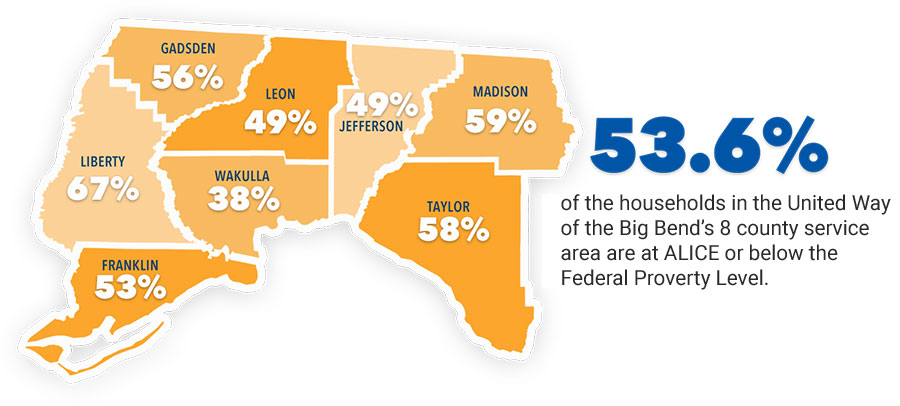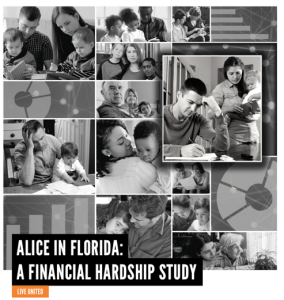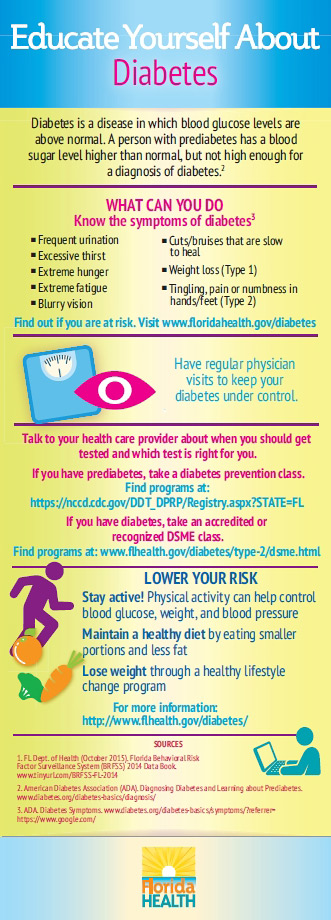When COVID-19 hit, nearly 2.6 million Florida households were one emergency away from financial ruin — a 10-year record high — setting the stage for the unprecedented economic impact of the crisis, according to the state’s latest ALICE Report, released today by United Way of Florida, in partnership with United For ALICE.
Over the last decade, Florida’s low-income families systematically lost buying power and financial stability as the high cost of essentials outpaced wages, driving the number of ALICE households to rise 66 percent by 2018, the report shows.
“We’ve known that our ALICE neighbors are financially vulnerable to one crisis emergency,” said Berneice Cox, President and CEO of the United Way of the Big Bend (UWBB). “COVID-19 became that one universal crisis emergency. ALICE families are facing the greatest financial risks today, as they are the workers who have no paid sick days and whose children receive daily meals at school.”
In 2018, of Florida’s 7.8 million households, nearly 2.6 million were ALICE (Asset Limited, Income Constrained, Employed) a record number that were unable to afford the basics for survival, despite working. That’s in addition to the 1 million families that were in poverty. While wages for ALICE workers remained largely stagnant, the cost of six essentials grew on average 3.4 percent annually over the past decade. That’s in contrast to a rate of inflation of 1.8 percent.
As a result, ALICE households grew to account for 33 percent of Florida’s households in 2018, up from 22 percent in 2007. In contrast, poverty levels remained largely flat at about 13 percent. The report shows ALICE households were locked out of the boom economy and unable to establish savings due to meager pay raises and inconsistent job hours, schedules, and benefits.
“These already fragile ALICE households are now facing an even deeper financial hole due to the state of emergency created by COVID-19,” stated Cox.
ALICE in Florida: A Financial Hardship Study shows that the cost of survival ranges annually from $24,600 for a single adult, to $27,348 for a senior citizen and $69,516 for a family of four with an infant and a preschooler. Putting this in perspective, the median hourly wage in Florida is $22,040, less than all the budgets.
This mismatch between wages and costs is revealed by a new measurement debuting in this report, called the ALICE Essentials Index. This Index chronicles how the cost of housing, childcare, food, transportation rose at nearly twice the rate of inflation, as measured by the Consumer Price Index. The result is that in 2018 two parents working full time needed to earn $17.38 an hour in order to afford the Household Survival Budget for a family of four. That’s up from a wage of $11.93 an hour affording that budget in 2007. During the same period, the number of low-wage jobs grew by 69 percent, accounting for the majority of all jobs in Florida.




